Mercedes AMG Petronas - Racing to success on and off the track

Ben Hodgkinson is in the speed business. As Head of Mechanical Engineering at Mercedes AMG High Performance Powertrains, it is at the centre of his working life. He works fast to make others go fast. 2020 proved to be a remarkable year for Mercedes, with Lewis Hamilton winning his seventh world championship and the team also picking up the constructors’ championship. However, off the track, they ended the year with a different kind of victory – an achievement that would have been unimaginable at the end of 2019.
On March 18, 2020, Hodgkinson was presented with a speed challenge like no other. On that day, he met with a colleague, Tim Baker, University College London’s professor of mechanical engineering (Hodgkinson is a visiting professor at UCL), in a coffee shop in central London.
Against the grim backdrop of the escalating coronavirus pandemic, the UK Government had launched the Ventilator Challenge – a call-to-arms to manufacturers and medical device companies to help bridge the huge expected shortfall in ventilators needed to treat COVID-19 patients. With the peak predicted for mid-April, it was a race against time to save lives.
Over coffee and pastries, Baker asked Hodgkinson if he could reverse engineer a breathing aid known as a Continuous Positive Airway Pressure (CPAP) device. The Whisperflow CPAP device was originally developed in the nineties and had been identified as an important aid in managing coronavirus patients in Italy and China, where the virus had first hit.
A CPAP device offers a halfway house between an oxygen mask and mechanical ventilation. It does not require a tube to be inserted into the patient’s windpipe, but instead continuous air pressure is applied through a face mask to keep the airways open and provide oxygen-enriched air. It means that mechanical ventilation can be reserved for the most severely ill. Reports from Lombardy in Italy suggested that 50% of patients given CPAP avoided the need for mechanical ventilation.
Baker’s colleague Mervyn Singer, a professor of intensive care medicine at UCL, dug one out of the hospital museum and issued a simple instruction: “We need more of these.” And so Baker set Hodgkinson his challenge.
“I was imagining some kind of Wallace-and-Gromit style contraption with bellows – something very complex – that I was going to have to recreate,” said Hodgkinson. “But when I went into the café and Tim was sitting there with some clinicians, they had some devices on the table – namely the Whisperflow – and Tim said: ‘We just want you to recreate this.’ It was a plastic, rectangular block with a load of valves and solid pieces in it. I got quite excited because I thought: ‘that’s easy… no problem at all.’”
Hodgkinson started to move through the gears. He began cutting and measuring. Then, he corralled some Mercedes engineers and students to help out, but his initial estimate of it being a four-hour job proved optimistic.

Ben Hodgkinson and his team worked round the clock to deliver the device
He said: “At 4am we went to get some sleep. We walked to the hotel, which was a very eerie experience because nobody else was in London at all. We were the only people in this massive hotel. We were wired and didn’t really sleep much, so we got up at 7am [on Thursday morning] and worked all the way through to 4am the following [Friday] morning. We still weren’t done, so we had another couple of hours of sleep and started again at 7am. By the Sunday, Andy [Cowell, Mercedes-AMG’s managing director] and I drove it to London for the first test.”
From a first meeting on Wednesday to a working prototype by Sunday. Hodgkinson reflected on the different type of pressure generated by the lightning-speed production. “The stress of Formula One is intense because it’s absolutely relentless, but you drive yourself for a competition, a sporting event. And if it ever gets too stressful, you say to yourself ‘it’s only racing. It’s not life or death’. All of a sudden, I didn’t have that [excuse]; there was no mental oasis I could retreat to.
“My niece is a doctor and she was on the phone to my brother in tears saying that they’d been told not to treat the over 70s because they had to prioritise in the hospitals. I literally felt I couldn’t work too hard. I wish I could have done it quicker.”
Hodgkinson and his team did not stop there. They quickly developed a second prototype which was more efficient for oxygen usage. Then the Mercedes factory at Brixworth in the UK, was repurposed to begin manufacture of 1,000 units per day. By mid-April – one month after Hodgkinson and Baker’s meeting – the government target for the production of 10,000 CPAP devices had been met and delivered to NHS hospitals through the UK.
It also brought Hodgkinson closer than he had ever been to the UK Government’s corridors of power. He said: “There was one particular day when we were still busy designing it. Becky [Prof Becky Shipley, Director of the UCL Institute of Healthcare Engineering] asked me to create a PowerPoint showing a picture of what we’d drawn and the photograph of the original one. I started doing it and she said ‘Could you do it immediately?’ I said ‘I’m on it, give me half an hour,’ but Becky said, ‘No, I’ve got Michael Gove [Minister for the Cabinet Office in the UK Government] waiting on the phone, you need to send me it right now!’ So I think I pulled a PowerPoint together in about 90 seconds. She was so short of time that she actually photographed it off the screen rather than sending an email. It was quite an intense few minutes!”
Mercedes made the design and manufacturing specifications available on an ‘open source’ basis to governments, manufacturers, academics and health experts around the world, allowing the fruits of their labour to advance the global response to COVID-19.
Hodgkinson said: “UCL managed the distribution of all the open source designs and monitored who was downloading them. It was very important to vet who was going to get them, so that no one was going to make a load and sell them to people. They’ve been made in 100 or so countries. I guess the proudest moment was when we found out that NASA had downloaded our designs as well. We often have a line in the office to say ‘it’s not rocket science’ and it turns out, for once, that it was!”


















